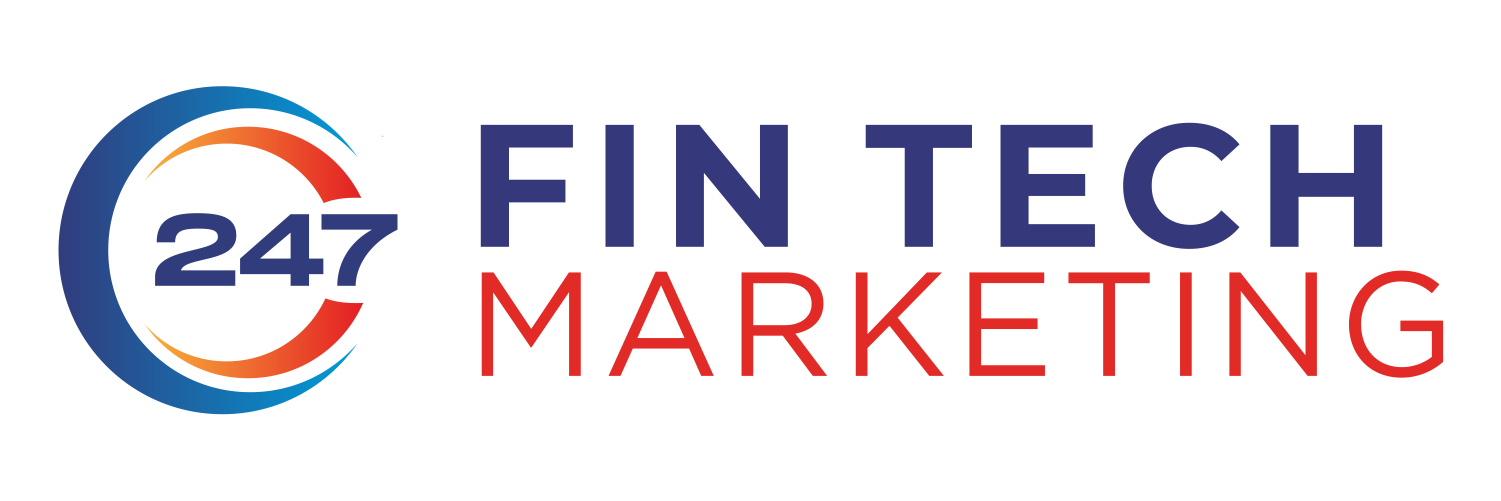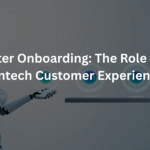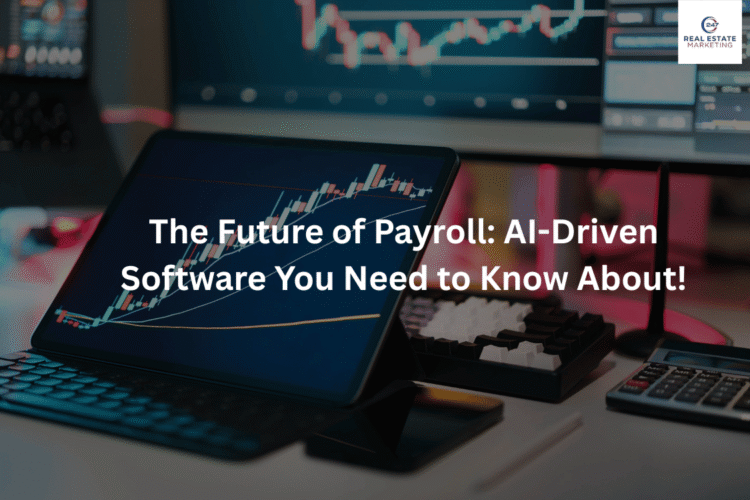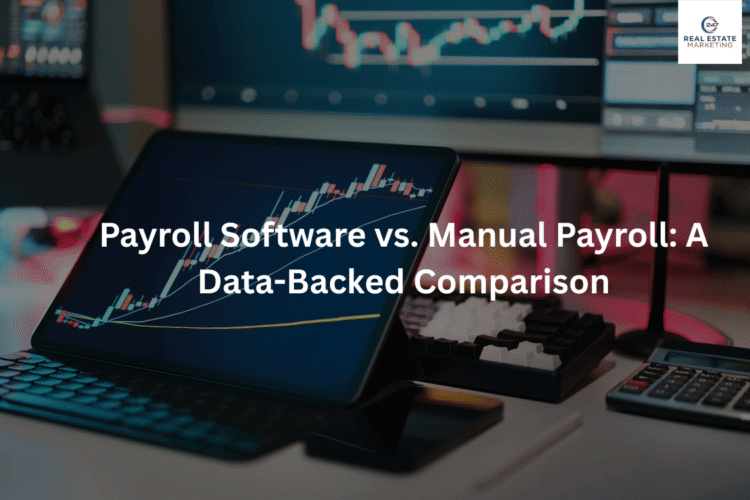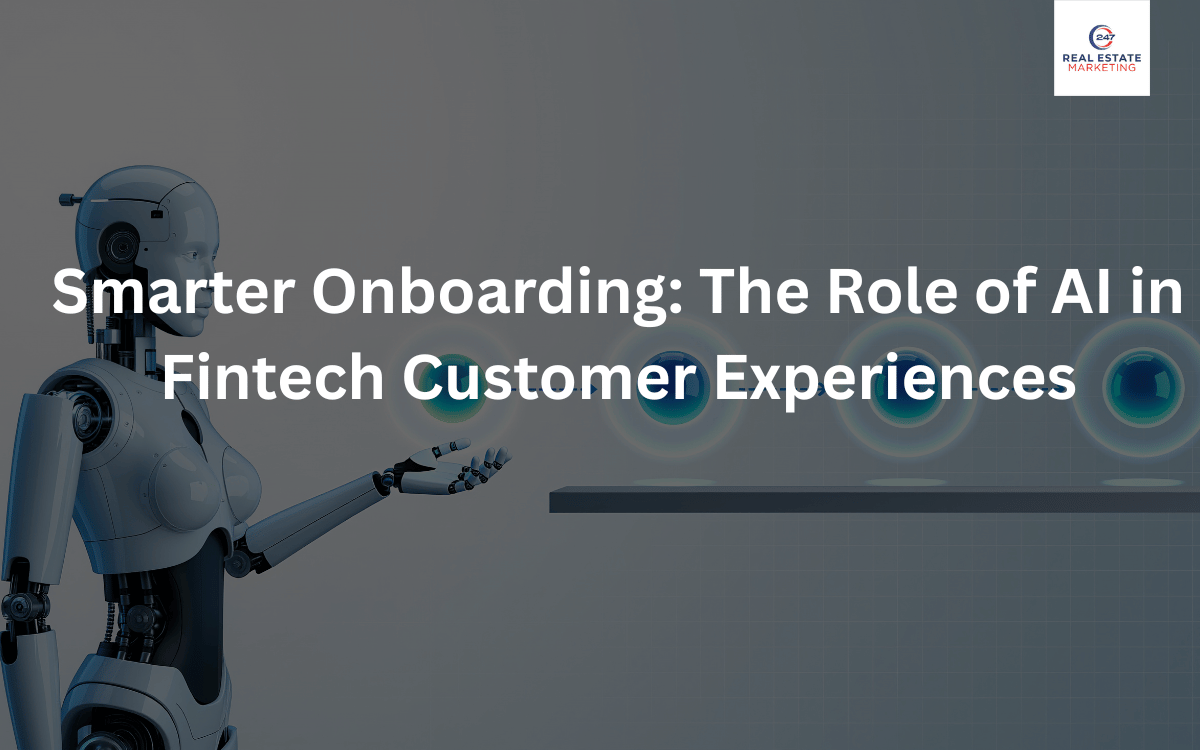
The onboarding phase is a customer’s first meaningful interaction with a fintech product, and it sets the tone for everything that follows. A Web Development Agency can help design seamless digital experiences to reduce friction and enhance the onboarding journey. In an industry where friction can sever the relationship before it even begins, the onboarding process is far more than a form-filling exercise: it’s the gateway to retention, satisfaction, and lifetime value. Industry research shows that roughly 38% of customers drop out of onboarding due to friction, delays, or paperwork overload.
As Artificial Intelligence (AI) penetrates deeper into fintech operations, the onboarding journey is being reshaped, turning what was once a cost-center into a competitive advantage. Forward-thinking firms and every leading Fintech Marketing Agency now recognize that AI-driven onboarding is not just a back-end process improvement it’s a front-line growth lever that directly impacts user acquisition, retention, and brand perception. In this article, we explore the challenges fintech firms face, how AI can transform their onboarding flows, the benefits for both customers and businesses, and what to watch out for during implementation.
The Onboarding Challenge in FinTech
Fintech firms, whether neobanks, digital lenders, payments platforms or embedded finance players face an unusually complex onboarding landscape. Below are the main hurdles:
Major hurdles
- Regulatory compliance (KYC/AML/CTF): Onboarding new customers inevitably requires identity verification, anti-money-laundering checks, risk categorization and documentation. These are non-negotiable in many jurisdictions. For example, the average bank may take 26 days to board a customer, with some corporate clients waiting 100 days.
- Manual processing and data-collection burdens: Traditional flows still rely on manual form-filling, uploading scanned documents, offline escalation loops and human review. This increases error, causes delays and frustrates users. I’ve seen one report that “manual data entry accounts for up to 80% of onboarding labor.”
- Lack of human feel in fully digital flows: While digital onboarding promises speed and scale, users can feel lost without guidance or personal touch. Complex flows, unclear instructions or multi-step forms discourage completion. One startup reported only 12–13% of users completed its nine-step onboarding.
- Security and fraud risk: FinTech’s operate in a heavily regulated and risk-sensitive context. Onboarding must guard against identity fraud, spoofing, fake documentation and cyber-threats while still being user friendly.
- Cost & drop-off impact: Lost or incomplete onboarding is a double-hit: you’ve incurred acquisition cost (marketing, signup infrastructure) yet never realize the full value of the customer. A benchmarking report found fintech’s losing “as much as a third of all applicants during onboarding.”
Why these obstacles matter
For business:
- Cost of acquisition is wasted if dropouts are high.
- Manual efforts raise operational costs and reduce scalability.
- Delay in activation slows time-to-value and impacts competitive edge.
- Non-compliance or weak controls may result in regulatory fines or reputational risk.
For the customer:
- Frustration with long wait-times, unclear forms or repeated requests erodes trust.
- The customer’s first experience feels cumbersome reducing likelihood of active engagement.
- If the onboarding journey is too heavy, users may abandon and switch to more friction-free alternatives.
How AI Can Transform Onboarding
AI can help fintech firms dramatically rethink onboarding by automating tasks, personalizing journeys, reducing friction and strengthening risk controls. Let’s break it down by technique.
1. AI chatbots & automation
- Chatbots (and conversational AI agents) can guide customers step-by-step through onboarding flows answering questions, clarifying next steps, sending reminders and integrating with backend systems.
- Benefits: 24/7 availability, fewer human-hand-doffs, faster responses, consistency, reduced cost.
- Example: An Indian fintech deployed an AI “agentic” engagement platform and doubled onboarding completion from ~12 % to ~26 %.
- Chatbots also help with abandoned flows: detect where users drop off and proactively reach out with nudges, contextual help or alternate paths.
- This reduces dropouts, increases conversion and lifts customer satisfaction.
2. Document data extraction with OCR
- Optical Character Recognition (OCR) and computer-vision AI now allow automatic extraction of data from identity documents, selfies, bank statements, and other uploads eliminating manual human entry.
- Automatically populates fields, validates authenticity, flags errors or missing fields, providing a smoother experience.
- Some platforms claim reduction of manual processing time by up to 70-80%.
- For fintech onboarding where ID verification is central (especially KYC/AML jurisdictions), this delivers speed, accuracy and cost-savings.
3. Biometrics & real-time verification
- Face-matching, liveness detection (blink, head turn), voice biometrics, fingerprint capture and other biometric verification techniques give both security and user convenience.
- For example: digital identity verification (via facial/ID match) helps users sign up in minutes rather than days and gives confidence to both user and institution. One article suggests that biometric and digital identity verification are “linchpins in the fintech-driven onboarding transformation.”
- Additionally, AI can monitor for spoofing, deep-fake attempts or document tampering.
- When integrated with OCR and chat-bots, you get a seamless “upload ID → live selfie → ML verify → account activate” flow.
4. Risk assessment & personalized product-matching
- AI can analyze customer-provided data plus third-party/behavioral data in real-time to assess risk (fraud, credit, identity, money-laundering) during onboarding.
- Based on that risk-score, onboarding flows may dynamically adjust: e.g., low-risk customers get fast-track verification; higher-risk customers must follow extended checks. This “risk-based onboarding” improves speed for good customers while maintaining controls.
- Furthermore, AI can personalize product offers or next steps: for instance, suggesting a relevant savings account, credit-offer, or feature-bundle based on customer profile making onboarding not only about compliance but about value.
- The result: better conversion, improved first-use/activation, stronger fit between product and customer.
Traditional Onboarding vs AI-Enabled Onboarding
Feature | Traditional Onboarding | AI-Enabled Onboarding |
Form-fill & document upload | Long forms, manual data entry, repeats | Pre-filled fields, OCR extraction, fewer manual entries |
Guidance & Support | Mostly human-agent, reactive, business hours | Chatbot/AI agent, 24×7, proactive nudges, escalation when needed |
Verification & risk | Lengthy manual KYC/AML checks, one-size-fits-all | Real-time biometric/OCR validation, dynamic risk-based path |
Personalization | Generic onboarding path | Adaptive workflow tailored to user role, risk, behavior |
Speed & conversion | Days to weeks; higher abandonment | Hours or less; significantly lower drop-off |
Cost & scalability | High cost per applicant, manual workflow | Lower cost, automation, scalable |
Benefits for Customers & Business
When implemented well, AI-enabled onboarding delivers compelling benefits on both sides of the table.
From the customer’s side:
- Faster, smoother sign-up: fewer forms, fewer waiting times, real-time validation.
- More intuitive / guided experience: chatbots + dynamic workflows reduce confusion.
- Reduced friction: fewer redundant steps, easier uploads, less manual input.
- More personalized: offers or next steps that feel relevant to their situation.
- Greater trust & security: biometrics and real-time verification build confidence in the platform.
From the business side:
- Lower operational cost: automation of repetitive tasks, fewer humans per applicant.
- Fewer onboarding dropouts: improved conversion from signup to activation yields more revenue. For example, one UAE neobank reduced drop-off from ~40% to about ~12% post-AI implementation.
- Faster time-to-value: faster activation means customers start using product sooner and deliver value (and potentially revenue) quicker.
- Better compliance & risk-control: AI-driven verification/risk modes help meet regulatory requirements efficiently.
- Competitive edge: A smooth onboarding becomes a differentiator in markets where users expect instant digital experiences.
- Enhanced data insights: AI systems capture and analyze behavioral data during onboarding, enabling optimization, segmentation and improved product-fit.
Implementation Considerations & Pitfalls
While AI offers huge upside, fintech’s must approach implementation cautiously and intelligently. Below are key considerations and common pitfalls.
Choosing the right solution
- Don’t assume one-size-fits-all: Generic off-the-shelf chatbots, verification tools or workflows may not align with your business model, customer segment or regulatory regime.
- Evaluate your business and risk profile: Are you a mass-market neobank, a high-net-worth digital lender or an embedded-finance B2B? Each requires a different onboarding complexity.
- Avoid “feature stacking” without integration: AI modules must link into your CRM, compliance engine, document flows and analytics otherwise you risk siloed automation.
- Pilot before full scale: Try AI modules (chatbot for FAQ, OCR for ID extraction) in controlled volume, measure impact, refine workflows, then scale.
Biometrics & anti-spoofing
- If you use facial recognition or liveness detection, ensure you protect against spoofing (photos, videos), deep-fake attempts or identity fraud. Attackers also adopt AI.
- Maintain fallback/human review options for high-risk paths or flagged cases.
- Ensure you have robust audit trails, logging and traceability essential for regulatory review.
Compliance & data security
- Regulations (KYC/AML/CTF, data-privacy like GDPR, local ID verification) vary by geography and evolve rapidly. Your AI solution must remain flexible to rule changes.
- Data privacy, consent, storage security: biometric data, document images, personally identifiable information (PII) carry high sensitivity.
- Ensure auditability: AI decisions (e.g., “approve/decline” based on risk-score) must be explainable and documented to satisfy regulators.
User-experience risks
- Over-automation can make the experience feel cold or robotic. Without human touch or fallback, users may feel unsupported when they hit edge-cases.
- Do not burden the user with heavy information upfront. Progressive disclosure often works better (i.e., capture minimal data to start, then ask for more only if needed). Reddit UX commentary backs this up:
Change management & metrics
- Internal teams must buy-in: operations, compliance, product, risk and user-experience teams need to collaborate.
- Define clear KPIs: onboarding drop-off rate, time-to-activation, cost per acquisition, error/exception rates, customer satisfaction (NPS) for onboarding.
- Set baseline metrics (pre-AI) and then measure post-implementation. Example: one firm measured drop-off at ~40% pre-AI, then after automation saw reduction to ~12% in six months.
- Ensure ongoing optimizations: AI workflows should evolve based on data, user-feedback and regulatory changes.
Outlook & Call to Action
Outlook
The integration of AI into fintech onboarding is still accelerating and the next frontier looks interesting:
- Deep-learning and computer-vision will become increasingly sophisticated: e.g., verifying authenticity of IDs in real-time, detecting fraud attempts, even cross-matching multiple data sources instantly.
- Voice biometrics / behavioral authentication: For mobile-first fintech’s, onboarding could increasingly rely on “I am who I claim to be” via voice or behavioral patterns.
- Hyper-personalized journeys: Based on onboarding data and real-time behavior, the system might dynamically tailor not just verification flow, but the first product experience (welcome offers, feature-walkthroughs, tailored UI).
- Frictionless and invisible onboarding: For low-risk users, onboarding could become almost invisible: upload image, instantaneous verification, auto-wallet/merchant link – all in seconds.
- Continuous onboarding & lifecycle integration: Onboarding will not just stop after account opening – AI will monitor behavior, trigger recertification, suggest next steps, and integrate into retention/engagement flows.
Call to Action
For fintech decision-makers (product managers, UX leads, digital transformation executives), here’s a practical checklist to begin:
- Audit your current onboarding flow: Map every step, measure drop-off (which step, which segment), measure time-to-activation and gather user feedback.
- Identify high-pain points: Long forms, repeated uploads, manual touchpoints, human review bottlenecks, unclear guidance.
- Pilot AI modules: Choose one high-leverage area (chatbot for real-time guidance, OCR for document extraction, biometric verification) and run a controlled pilot.
- Measure before and after: Track key metrics onboarding completion rate, time-to-complete, cost per application, customer satisfaction.
- Design for risk-based personalization: Not all customers are the same. Build logic that adapts the onboarding path depending on risk, segment, channel, or geography.
- Ensure compliance & security by design: Involve your risk/compliance teams from day one. Select vendors with audit-capable AI solutions, strong data-governance and regional regulatory awareness.
- Balance automation with human touch: Provide human escalation options, keep chat/voice support where needed, maintain transparency.
- Iterate and scale: Use the data from your pilot, refine workflows, then extend to full volume. Ensure the architecture supports scale and multi-geography needs.
Conclusion
The onboarding experience is the gateway to the customer-relationship lifecycle in fintech. When done well, it builds trust, accelerates value delivery, and anchors the customer’s journey. When done poorly, it leaks value, damages brand perception, and raises costs. In this context, smarter onboarding powered by AI is no longer a “nice-to-have” it is a strategic imperative for fintech’s that want to scale, compete, and deliver differentiated user experiences. Effective Conversion Optimization For Fintech Companies begins right here, at the onboarding stage where AI-driven personalization, automation, and seamless UX can dramatically improve completion rates and long-term engagement. For product managers, UX leads, and digital-transformation executives are reading this: now is the time to rethink your onboarding pipeline through the lens of AI, automation, and user-first design. The stakes are high but so is the potential payoff.
Author
Mitesh Patel
Mitesh Patel is the co-founder of 247 FinTech Marketing, LawFirm Marketing and a columnist. He helps companies like Emerson and other top Fortune 500 compnies to grow their revenue.
